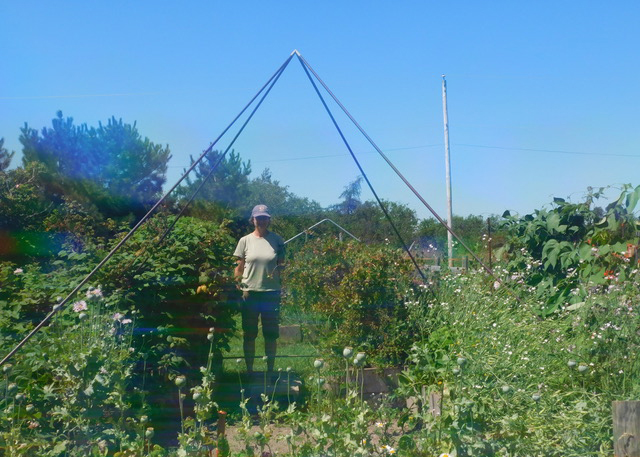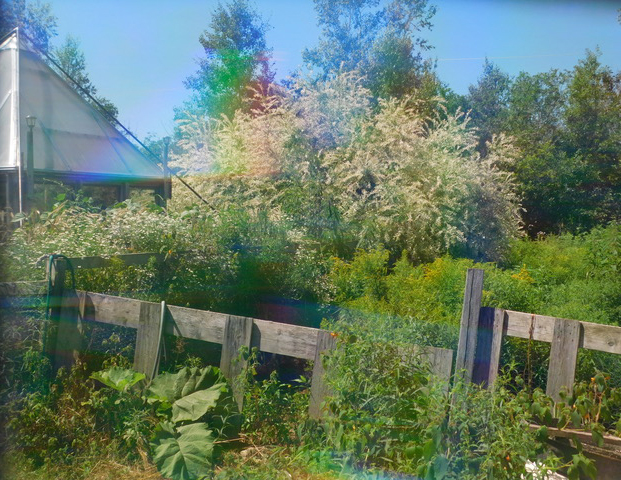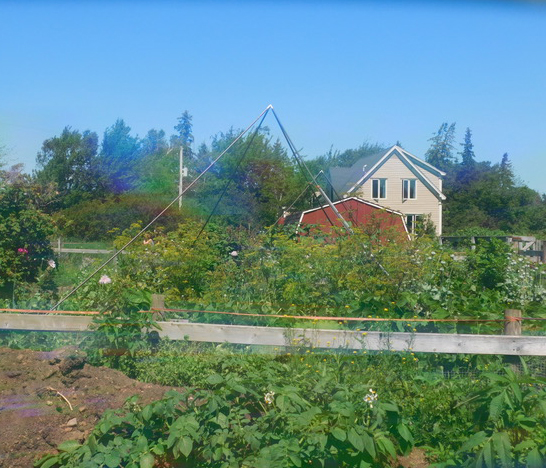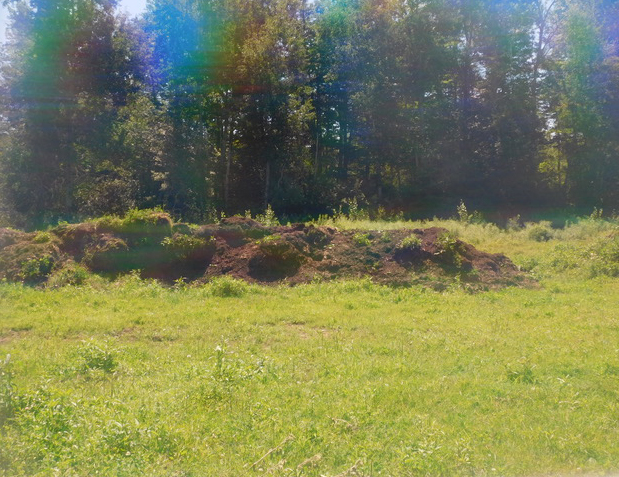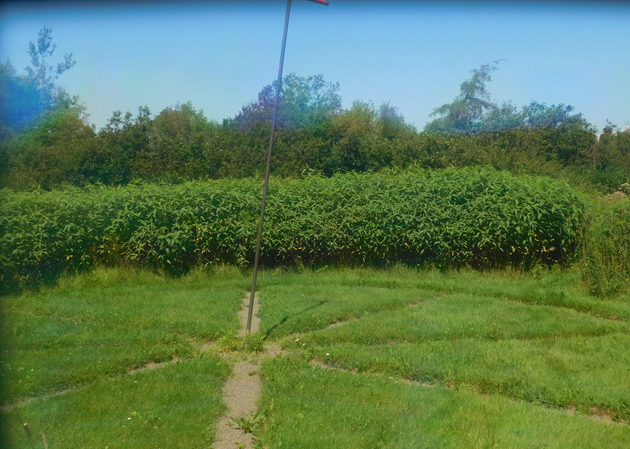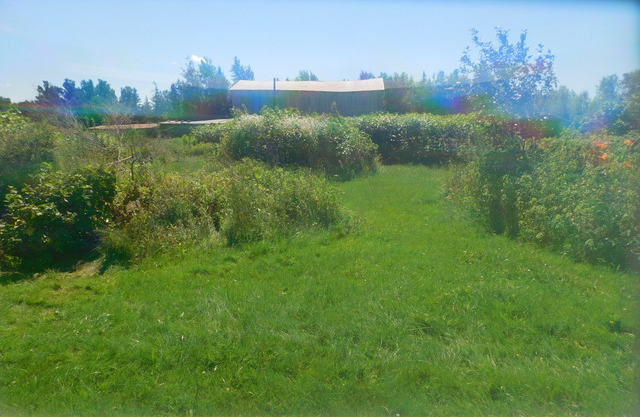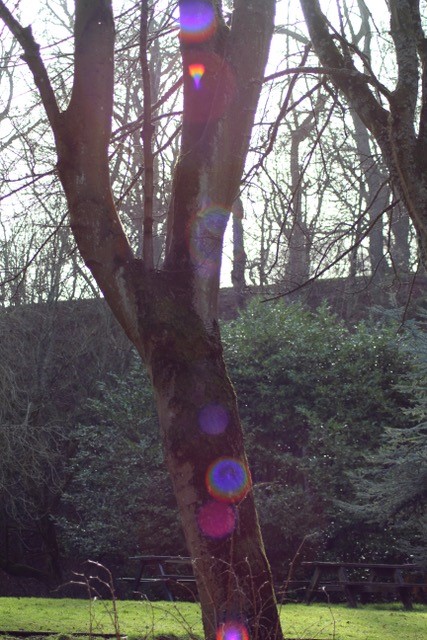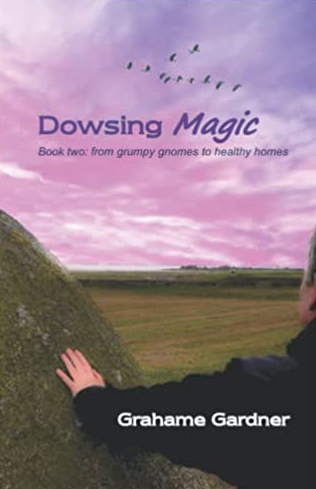
The latest book by Grahame Gardner has been added to the resources page.
From the introduction: There are many books on the market about house healing, yet most of these seem to be based around conventions of space-clearing and de-cluttering in the style of feng-shui. The few that are aimed at dowsers generally deal with ‘hands-off’ healing techniques using focused intent and visualisation. While these can be helpful, I wanted to author a book that looks at the more practical, hands-on, aspects of house healing – those that are employed on the ground, so to speak. However, the book is not just about house healing, nor is it just about dowsing. The first part of the book explores more philosophical and esoteric concepts such as shamanism, magick, the memory of water, the nature of consciousness and reality – ideas that go beyond pure dowsing and are better housed under the mantle of geomancy. Dowsing is merely the tool that helps us to access these areas. The latter part of the book applies these models to the art of healing sick houses.

